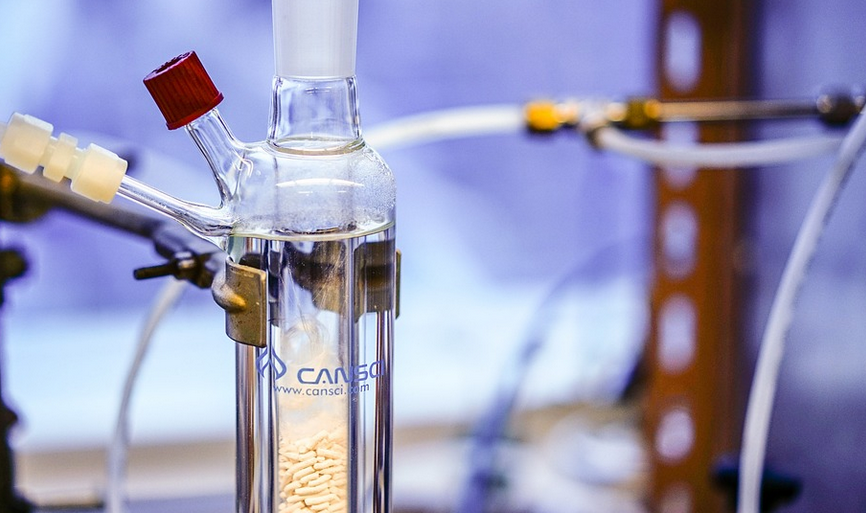Introduction
Printing ink is a complex mixture of chemicals that serves as the medium for printing text and images on paper, plastic, and other surfaces. The formulation of ink is a critical factor that affects the quality of print, durability, and overall performance. In this article, we will explore the chemical composition of printing ink, including its primary ingredients and their functions.
The Primary Ingredients of Printing Ink
Printing ink is typically composed of three primary ingredients: pigment, binder, and solvent. Pigment is responsible for the color of the ink, while the binder acts as a glue that binds the pigment particles together and adheres them to the printing surface. Solvent, on the other hand, is used to dissolve and disperse the pigment particles and the binder.
Pigment
Pigments are finely ground particles that provide color to the ink. Pigments come in a range of colors, and their chemical composition varies depending on the desired hue. Pigments can be organic or inorganic, and they are typically insoluble in water and other solvents. Some common pigments used in printing ink include carbon black, titanium dioxide, and phthalocyanine blue.
Binder
The binder is a film-forming resin that binds the pigment particles together and adheres them to the printing surface. The binder also provides the ink with its desired properties, such as gloss, adhesion, and durability. Some common binders used in printing ink include acrylics, polyurethanes, and nitrocellulose.
Solvent
Solvent is used to dissolve and disperse the pigment particles and the binder. Solvent also helps to regulate the viscosity and drying time of the ink. Some common solvents used in printing ink include alcohols, ketones, and esters.
The Function of Additives
In addition to the primary ingredients, printing ink may also contain various additives that enhance the performance and properties of the ink. Additives can improve the ink’s flow, wetting, and leveling properties, as well as its resistance to fading, smudging, and abrasion. Some common additives used in printing ink include surfactants, dispersants, defoamers, and UV stabilizers.
The Risks of Chemical Exposure
Printing ink contains a range of chemicals that can pose health risks to those who work with it regularly. Exposure to printing ink can cause skin irritation, respiratory problems, and other health issues. It is important to handle printing ink with care and follow proper safety protocols when working with it.
Conclusion
Printing ink is a complex mixture of chemicals that plays a crucial role in the printing industry. Understanding the chemical composition of printing ink is essential for achieving high-quality prints, optimizing print performance, and ensuring safety in the workplace. By knowing the primary ingredients and their functions, as well as the role of additives, you can make informed decisions when selecting printing ink for your printing needs.

